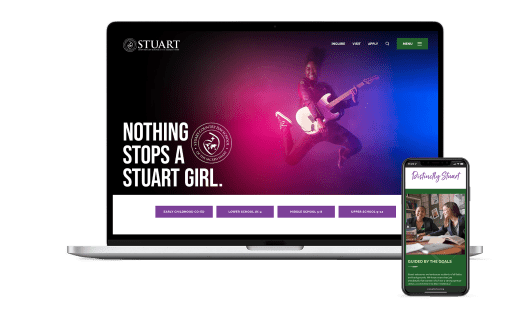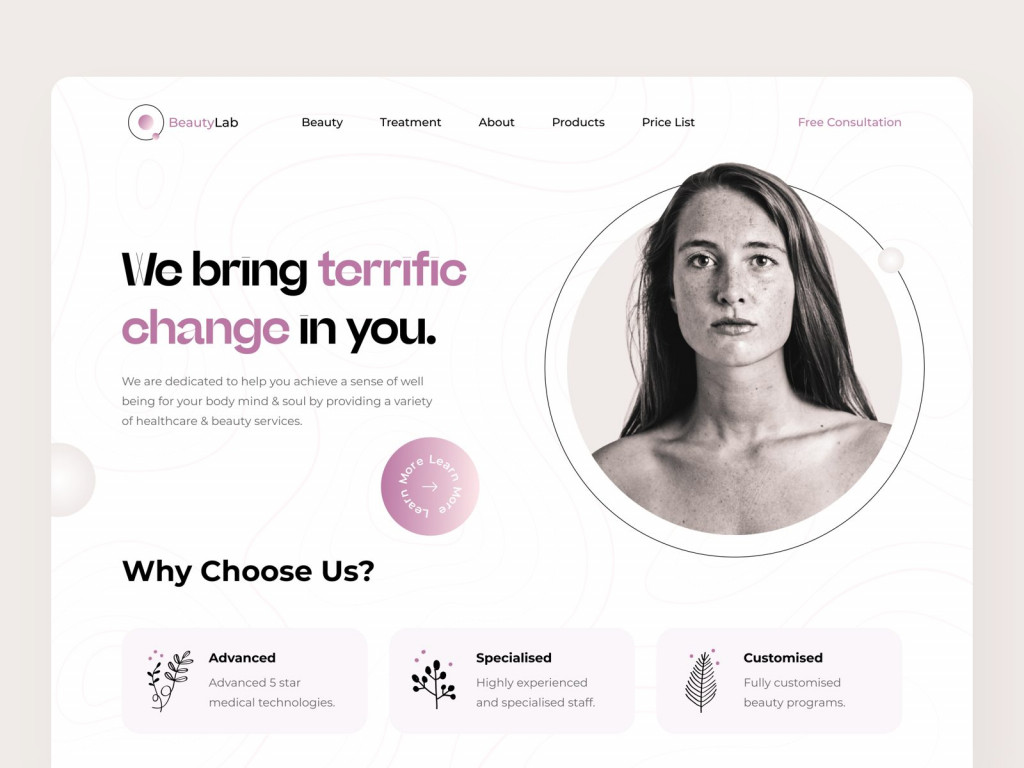Modern Web Site Style That Captures Attention and Transforms
In an increasingly electronic landscape, contemporary web site layout has actually arised as a critical consider catching customer focus and driving conversions. By purposefully utilizing aesthetic hierarchy, responsive formats, and engaging interactive components, designers can create experiences that not only draw in site visitors but likewise help with meaningful communications. Moreover, efficient call-to-action techniques play an important duty in directing customers towards preferred outcomes. As we discover these crucial elements, it comes to be clear that comprehending their interplay can dramatically affect a web site's performance and customer complete satisfaction. What are the crucial elements that genuinely make a difference?
Significance of Visual Hierarchy
Visual hierarchy is an essential aspect in web site style, as it overviews users' attention and enhances their general experience. By purposefully arranging content, designers can guide individuals to the most vital information initially, therefore raising engagement and improving functionality.
Incorporating a rational circulation in content setup is necessary; for circumstances, putting the most critical details at the top of a page fosters immediate recognition. Consistent use of typography, such as differing font sizes and styles, assists establish a clear web content framework. This organization not only help in navigation yet additionally builds count on, as individuals really feel much more comfortable when they can quickly locate what they are trying to find.
Ultimately, a well-executed aesthetic hierarchy not just enhances visual charm but also significantly impacts individual habits. By focusing on vital aspects and making sure a smooth experience, developers can successfully transform site visitors right into clients, enhancing the value of this fundamental design concept in contemporary web site advancement.
Responsive Layout for All Gadgets
Producing a seamless experience across various devices is important in today's electronic landscape, where customers access web sites from tablets, smart devices, and desktop computers alike. Receptive design is an important method that ensures internet sites adapt fluidly to various screen resolutions, dimensions, and alignments. By utilizing flexible grids, images, and CSS media inquiries, developers can develop designs that maintain aesthetic integrity and functionality, despite the device being used.
The importance of receptive layout expands past looks; it straight affects individual involvement and conversion prices. An internet site that works well on all gadgets urges longer brows through and minimizes bounce rates, as individuals are much more most likely to communicate with content that is easy to browse. Search engines, specifically Google, focus on mobile-friendly websites in their rankings, making responsive layout a vital part of search engine optimization (SEO)
Including receptive layout not only boosts user experience however likewise simplifies the development procedure. By producing a single website that functions across devices, businesses can conserve time and sources compared to developing different mobile and desktop versions. Ultimately, receptive layout is a fundamental technique for modern site layout, making sure access and contentment for all users, no matter their tool.
Involving Interactive Aspects
While a responsive layout lays the groundwork for a a knockout post useful site, integrating appealing interactive aspects is crucial for capturing user attention and cultivating deeper links. Website Design. Interactive components, such as animations, quizzes, and clickable infographics, create a more dynamic individual experience, encouraging site visitors to spend even more time on the site
Integrating interactive attributes can likewise guide users through complex information, making it easier to digest material. For instance, interactive sliders can show item variations, while embedded video clips can supply demonstrations or testimonies that reverberate more than fixed images or message. Gamification strategies, like benefits for engaging or finishing tasks with material, can enhance customer inspiration and retention.
Reliable use of interactive components not only enhances the customer experience yet can likewise lead to greater conversion prices. It is crucial to balance interactivity with performance; extremely intricate features might impede site rate, negatively affecting customer satisfaction.
Streamlined Navigating Practices
Reliable navigation is a foundation of any kind of effective web site, as it directly influences user experience and material availability. Streamlined navigating practices make certain that customers can quickly find information, boosting their communication with the site. A well-structured navigating food selection must be instinctive and basic, commonly including a minimal variety of primary classifications to prevent overwhelming site visitors.
To accomplish streamlined navigating, developers should prioritize a hierarchical framework that logically organizes content. Applying breadcrumb trails can offer users with context about their existing location within the site, enabling smooth backtracking. Additionally, making use of drop-down food selections can properly preserve area while still giving accessibility to subcategories.
Receptive design is crucial, as navigation should be useful throughout all gadgets (Website Design). Mobile individuals, specifically, gain from touch-friendly food selections and collapsible sections that maintain use without endangering visual appeals

Efficient Call-to-Action Approaches
A well-crafted call-to-action (CTA) is crucial for leading customers towards desired outcomes on a web site, as it urges them to involve with content or purchase. To maximize their effectiveness, CTAs need to be clear, engaging, and strategically placed throughout the website.
First, use action-oriented language that communicates urgency or value, such as "Get going," "Join Now," or "Claim Your Discount rate." This language not only encourages individuals but also establishes clear assumptions concerning the next actions.
2nd, think about style elements; CTAs need to stick out visually with contrasting colors, ample whitespace, and prominent positioning. A button that is easy to see and click boosts the possibility of individual communication.
Furthermore, personalizing CTAs based on her comment is here individual behavior or demographics can considerably boost involvement. Customized messages resonate extra with customers, driving greater conversion prices.

Verdict
Finally, modern website style emphasizes the combination of aesthetic hierarchy, receptive formats, involving interactive components, streamlined navigation, and efficient call-to-action techniques. These components jointly enhance individual experience, guaranteeing that visitors stay involved and encouraged to explore content better. By prioritizing these design concepts, organizations can dramatically improve customer retention and conversion prices, eventually causing higher success in the digital landscape. The continual evolution of website design underscores its essential function in effective on the internet communication and advertising and marketing.
In a significantly electronic landscape, modern-day site style has emerged as a crucial variable in recording individual focus and driving conversions.Aesthetic power structure is a critical component in website style, as it overviews individuals' focus and boosts their general experience.The importance of responsive layout expands past aesthetics; it straight influences user involvement and conversion prices.Including receptive style not only boosts customer experience however likewise enhances the growth procedure. Ultimately, responsive style is an essential method for modern-day website style, making sure access and complete satisfaction for all individuals, regardless of their device.